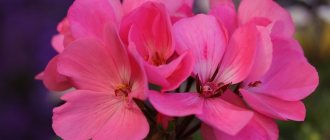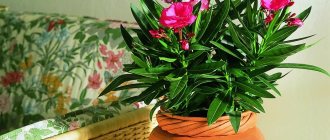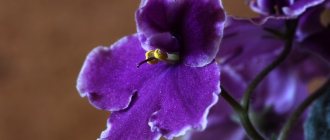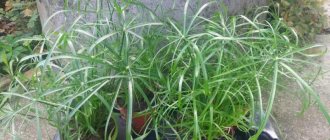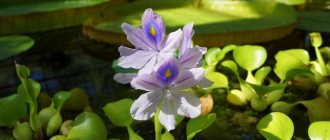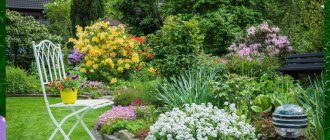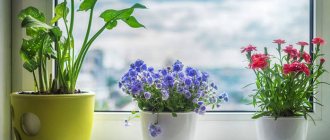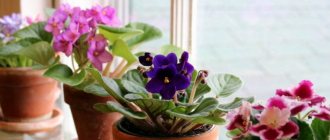For each type of ornamental flowering plants, in addition to systematic proper care, it is necessary to create optimal conditions. The health, growth and development of the flower largely depend on how suitable the indoor microclimate and lighting are for the flower.
It is known that some indoor flowers do well on windows with eastern, southern or western exposure. Other plants prefer to grow on the north side. Some varieties require subdued light and can grow and develop in partial shade. At the same time, there are many types of indoor flora that can be safely placed on the south side, that is, on south-facing windows, despite the fact that many gardeners believe that this exposure is not the best option for plants.
Pelargonium
Pelargonium (or geranium) became famous because of its unpretentiousness, healing properties and bright inflorescences. The plant will decorate any window sill or room interior. But even these easy-to-care flowers need attention and care.
The plant loves plenty of sunlight and warmth. From spring to autumn, good lighting is necessary, so do not be afraid to place a pot of pelargonium on a south-facing window. The most suitable temperature for pelargonium is 20 degrees Celsius. Exceeding this indicator can have a bad effect on the development of the flower.
During the winter period, it is necessary to provide rest and better adhere to optimal conditions for maintenance. It is important to provide the flower with light, cool air +10...+12 degrees, water it rarely and protect it from drafts. Then in the spring pelargonium will delight you with lush flowering.
Now you can purchase any of the listed flowers with peace of mind and grow them with pleasure, because their maintenance does not require special conditions.
Ficus benjamina
One of the light-loving plants that many gardeners love is Ficus Benjamin. It is considered unpretentious and can grow up to 20 cm per year. The unusual leaves have a beautiful pattern. Ficus is not only light-loving, but also moisture-loving, so it needs to be sprayed regularly. Another advantage of this plant is that by pruning the shoots, you can form a different bush shape that the gardener will like.
Araucaria
A coniferous plant with thin delicate branches and the same trunk. If you run your palm over an araucaria, it will not prick. Which is quite surprising, because her forest sisters are completely different. The most difficult thing in caring for a plant is maintaining the required level of humidity in the room. Because the dry air makes the branches of Araucaria dry out. If left unattended, the plant will eventually die.
Another important condition for the normal cultivation of conifers: the correct temperature. She prefers it cool. In the summer months, the temperature should not rise above +20 degrees. But in winter, the coniferous beauty needs to create cool conditions - 5 degrees Celsius. At the same time, icy drafts are undesirable. The plant loves sunlight, which plays a big role in proper development. But the flower needs to be shaded from direct sun.
Selection of flowers for growing in the sun
For south-facing balconies, the largest selection of plants can be found among flower beds.
They must meet the following requirements:
- do not be afraid of direct sunlight;
- grow quickly and reach the peak of decorativeness;
- develop normally in a limited volume of a pot, box or other container;
- put up with periodic lack of moisture;
- bloom continuously;
- does not require careful care;
- respond well to mineral supplements.
The owners decide on their own which flowers to plant at home on the sunny side - there are many of them. The article will help you make the right choice - not everyone knows the characteristics of a particular culture. Perhaps gardeners will pay attention to plants that were not previously considered as “candidates” for planting in containers.
Many annual flowerbed flowers are perennials in their homeland. It is possible to save the bushes until the next season, but not all will bloom as profusely as those grown from seeds or cuttings.
Gerbera
Another indoor species, caring for which does not create difficulties. Refers to the Astrovs. Two essential factors for gerbera health are plenty of heat and light. The recommended daylight hours are at least 12 hours. Therefore, a window sill on the south side is quite suitable.
North windows should not be chosen. In winter, additional lighting will not be superfluous. The soil should be light, not too acidic. The room should be regularly ventilated; the air should not stagnate. The flower reacts negatively to sudden changes in temperature and drafts. It begins to bloom at the end of August.
What rules for caring for light-loving flowers should be followed?
Despite the fact that the homeland of heat-loving plants is deserts and tropics, we must not forget about regular watering . Each species has its own characteristics: some easily tolerate scorching rays, others prefer bright but diffused light.
The higher the temperature, the more frequent and abundant spraying is recommended, but before that it is still recommended to clarify the attitude of a particular plant to this. A common feature of heat-loving indoor plants is their love for loose and soft soil and their undemanding need for fertilizer.
To choose a houseplant that loves heat and scorching sun rays, you can refer to the list of species whose homeland is considered to be deserts or tropics - then the conditions of high temperature and bright burning light will be familiar to them, and therefore comfortable.
